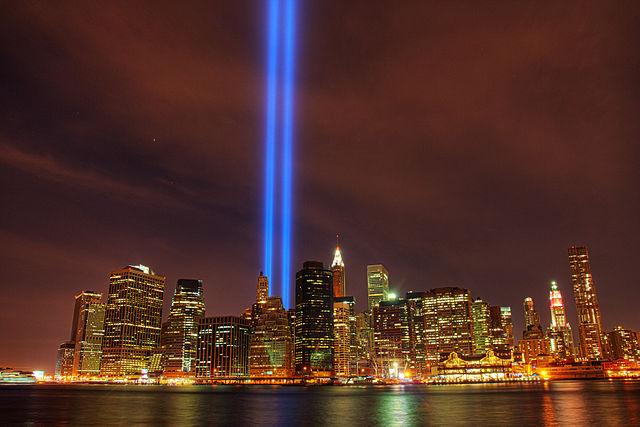The power of DNA testing has brought closure to the family of a 9/11 victim. The New York City Office of the Chief Medical Examiner has identified the 1,641st victim of the September 11, 2001 terror attacks. The remains of a man killed at the World Trade Center on 9/11 have been identified nearly 16 years after the attacks occurred.
The man, whose name was withheld by officials at his family’s request, was the first new identification of a 9/11 victim since March 2015, when officials confirmed the remains of Matthew David Yarnell. Matthew was only 26 years old and working at Fiduciary Trust when he tragically passed on 9/11. Pitta & Baione LLP represents one of Matthew’s former co-workers.
Technology adopted earlier this year in the medical examiner’s DNA laboratory, which added more sensitive technology and enhanced the lab’s advanced bone-extraction method, helped confirm the man’s identity late last month after years of negative results, the medical examiner’s office said earlier this week. According to city data, the vast majority of named victims were identified using DNA or a combination of techniques.
Still, many families are waiting for closure. Among the victims, 1,112 have not been positively identified, although the city has issued death certificates for all but three of the victims, whose certificates were issued by other jurisdictions. However, amid continuing efforts to return victims’ remains to their loved ones, forensic scientists continue to work on testing remains. Chief Medical Examiner Dr. Barbara Sampson said the process of testing and retesting remains as more sophisticated DNA analysis becomes available helps bring closure to long-suffering families.
“Since the immediate days following the World Trade Center disaster in 2001, the Office of Chief Medical Examiner has worked to identify the victims, and we will continue to uphold this commitment using the most advanced scientific methods available…this ongoing work is vital because with each new identification, we are able to bring answers to families affected by tremendous loss,” Dr. Sampson said.
After the attacks, more than 21,900 bits of remains were collected. Few full bodies were recovered, and the effects of heat, bacteria, and chemicals such as jet fuel made it extremely difficult to analyze the remains. However, with the continued development of new and advanced DNA technology, medical examiner’s officials remain committed to identifying any of the remains that were collected.
For more information, contact Pitta & Baione LLP at 844-982-2667.



